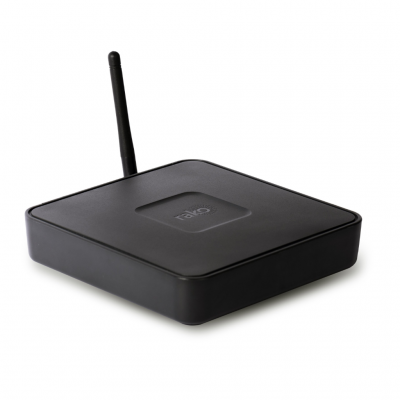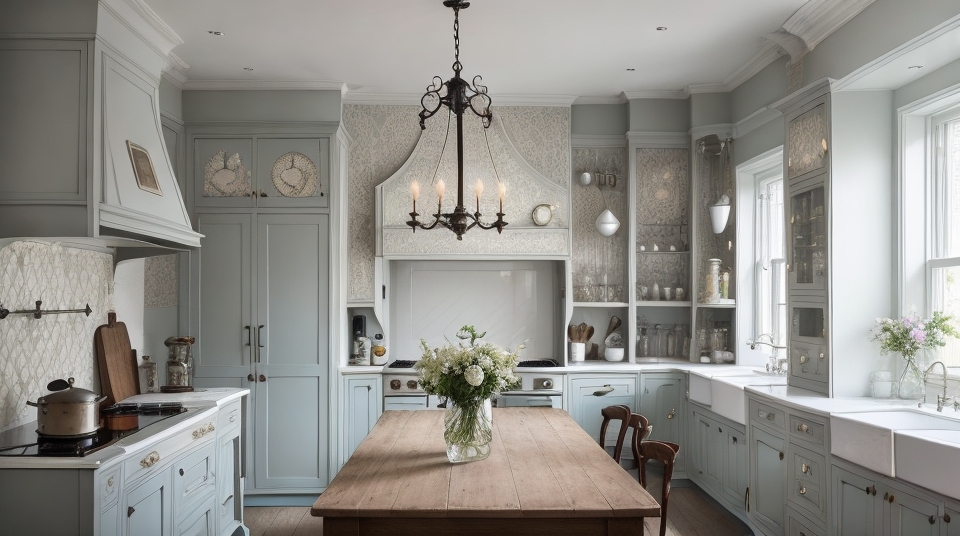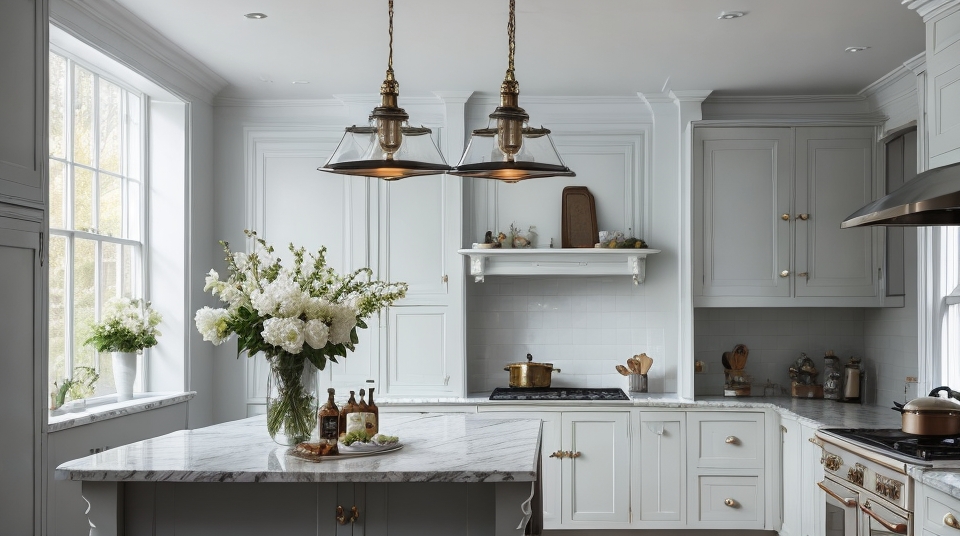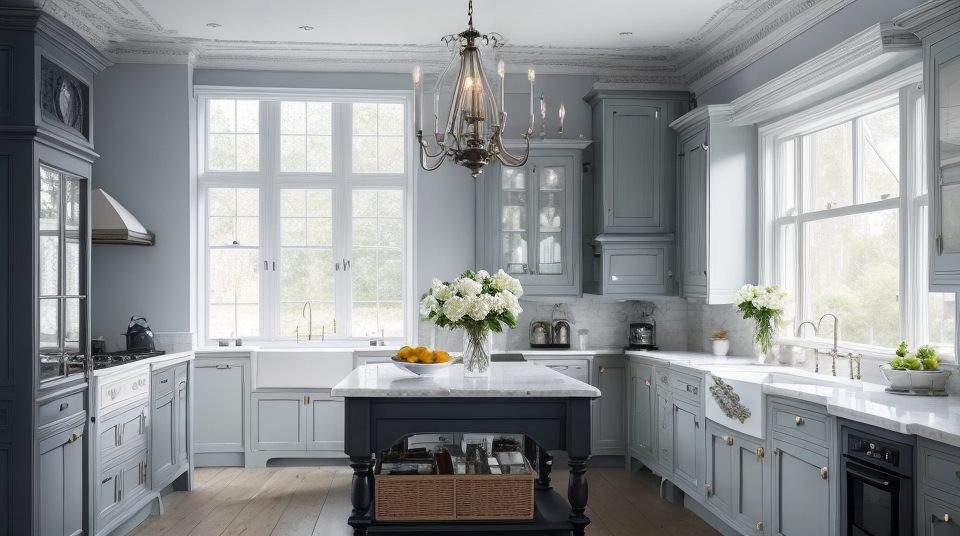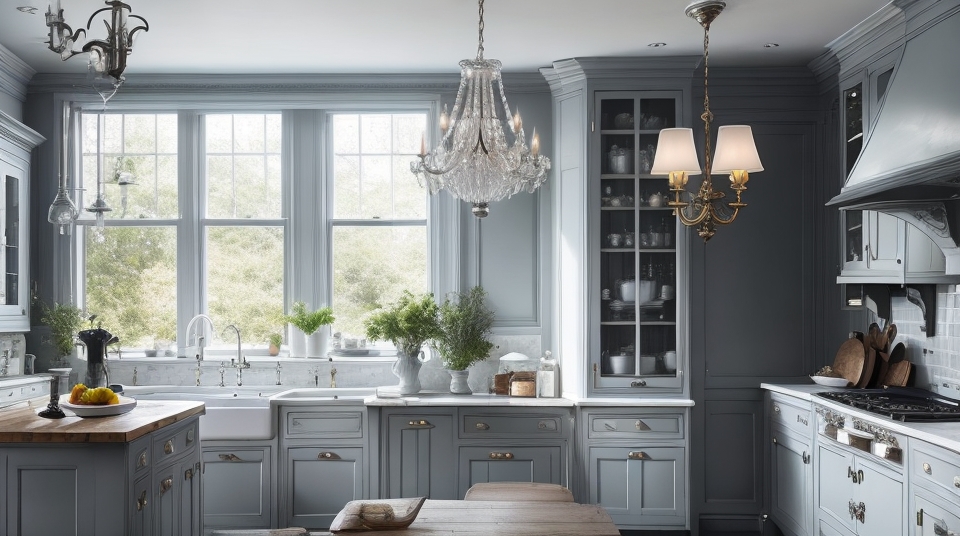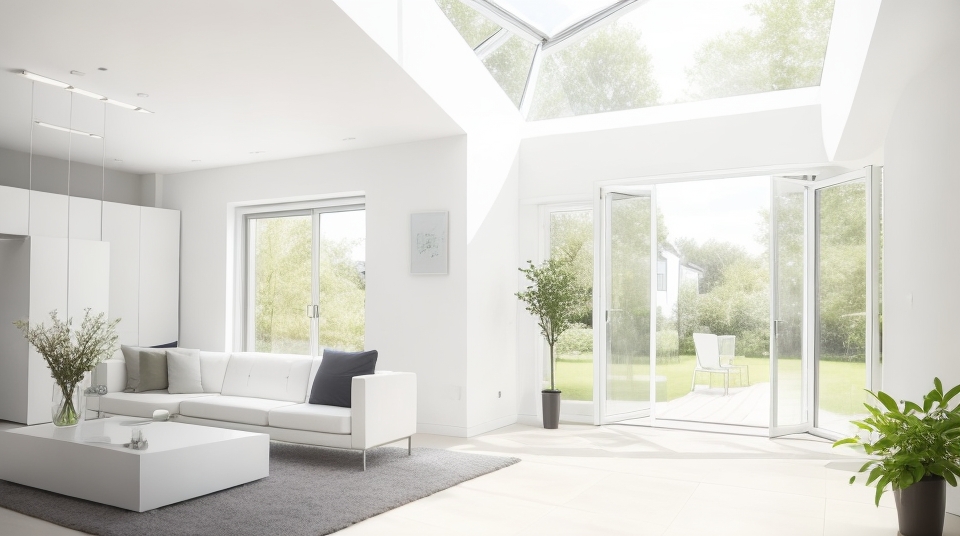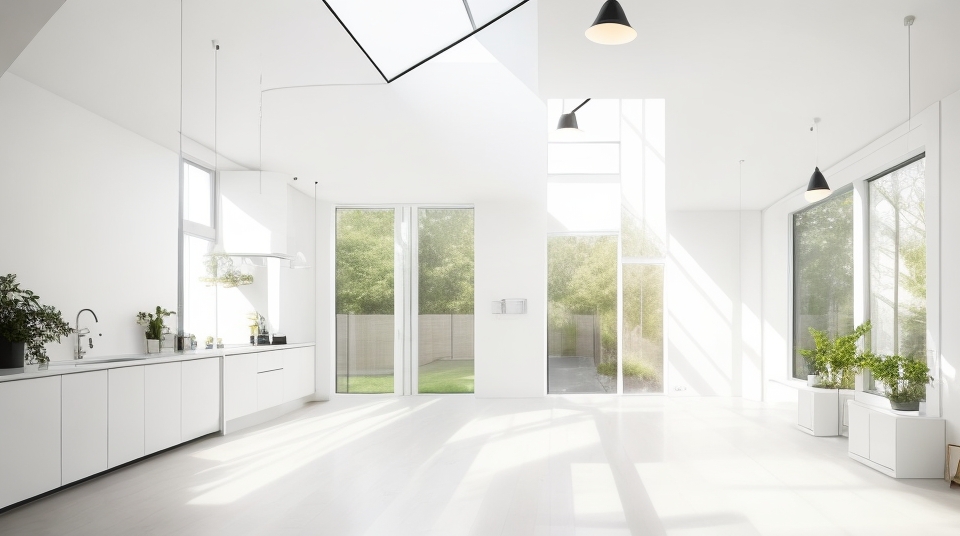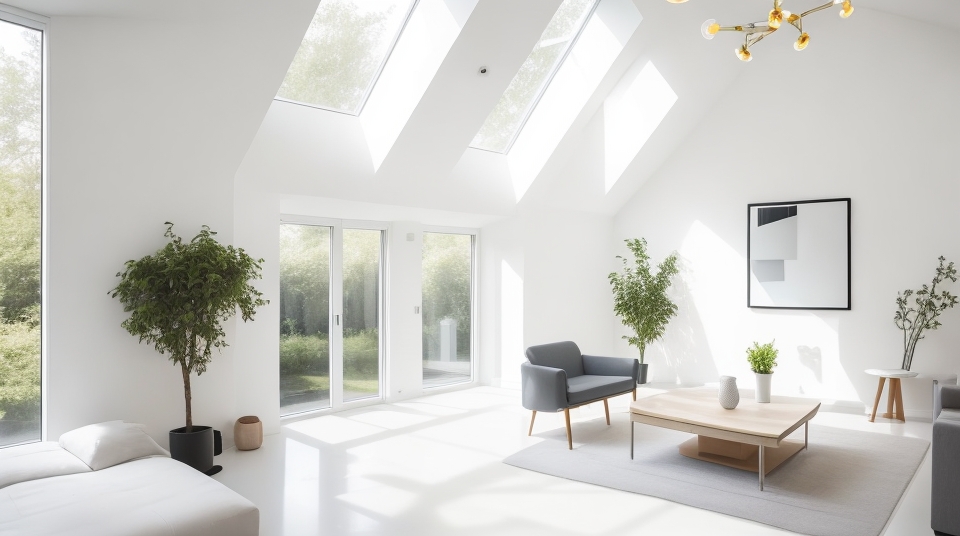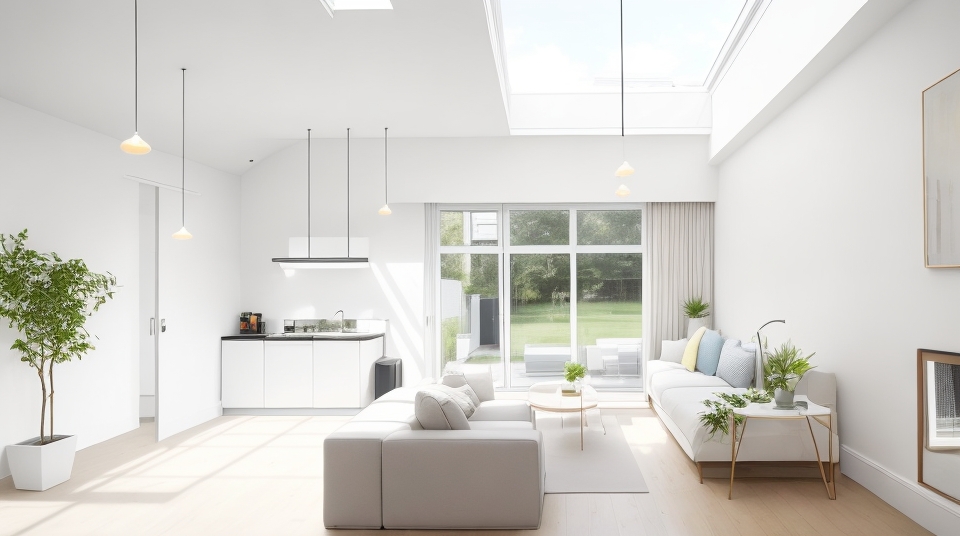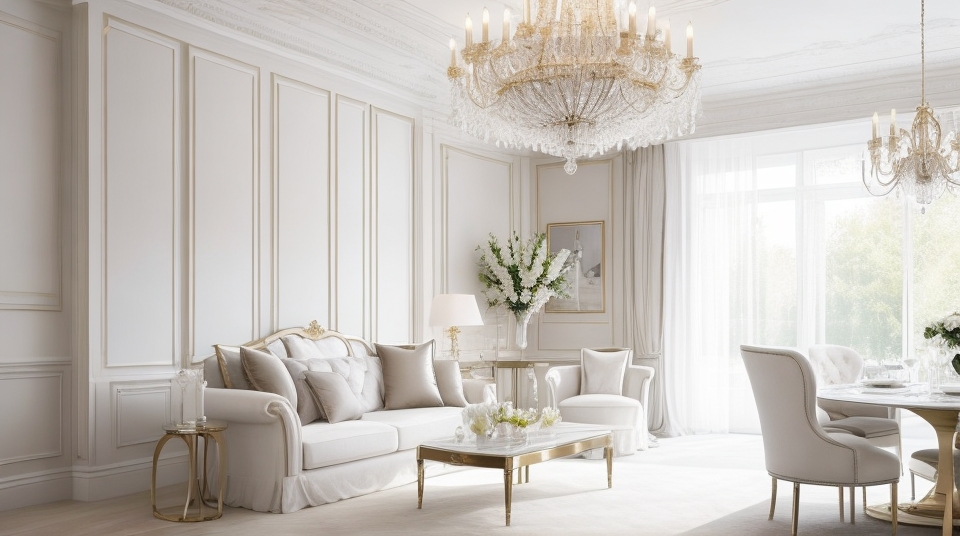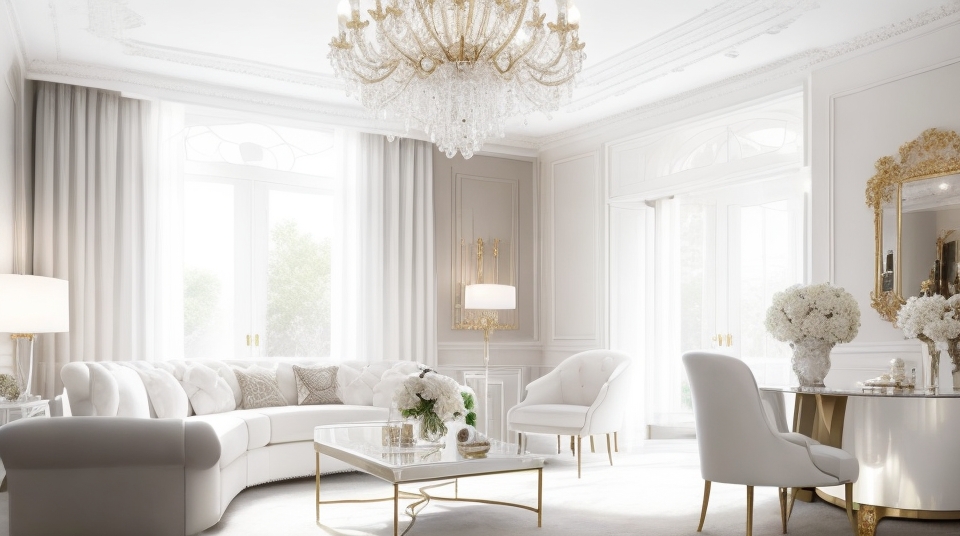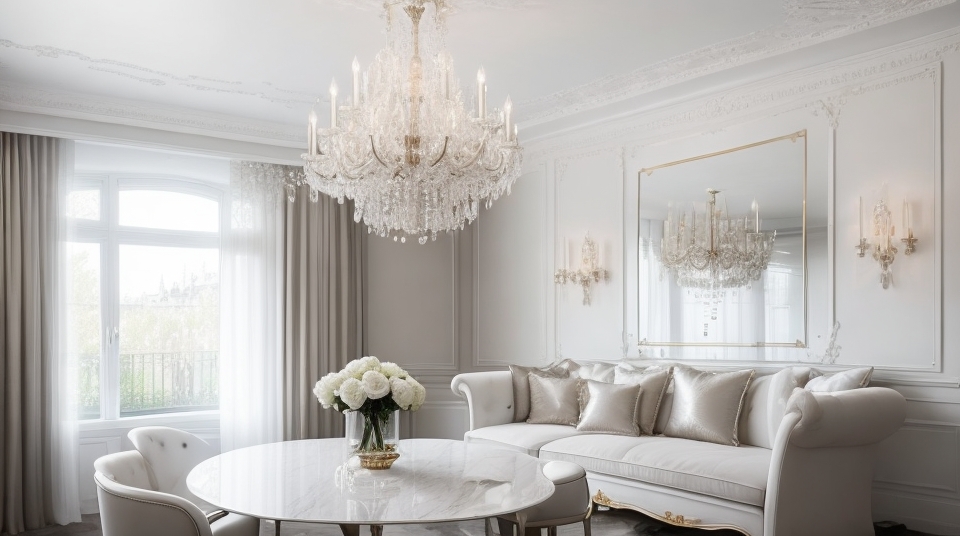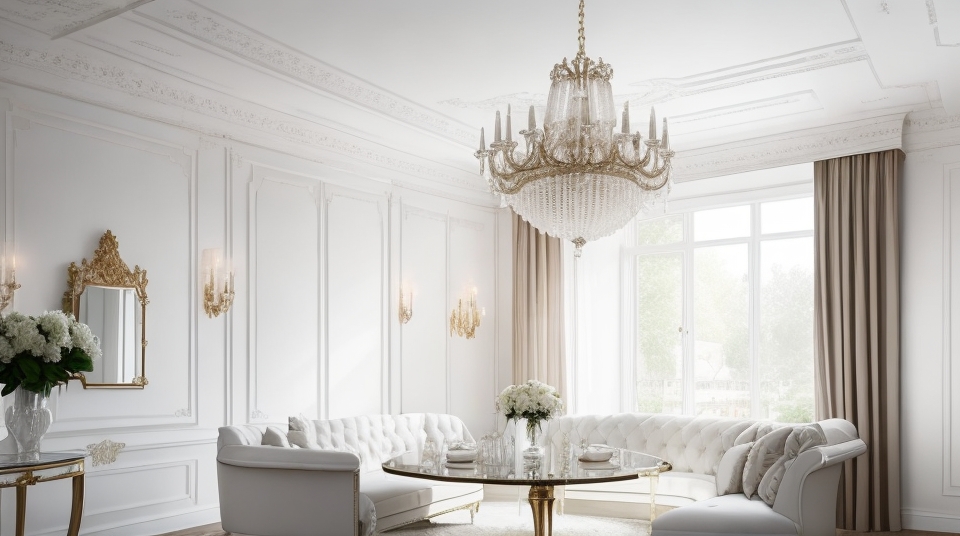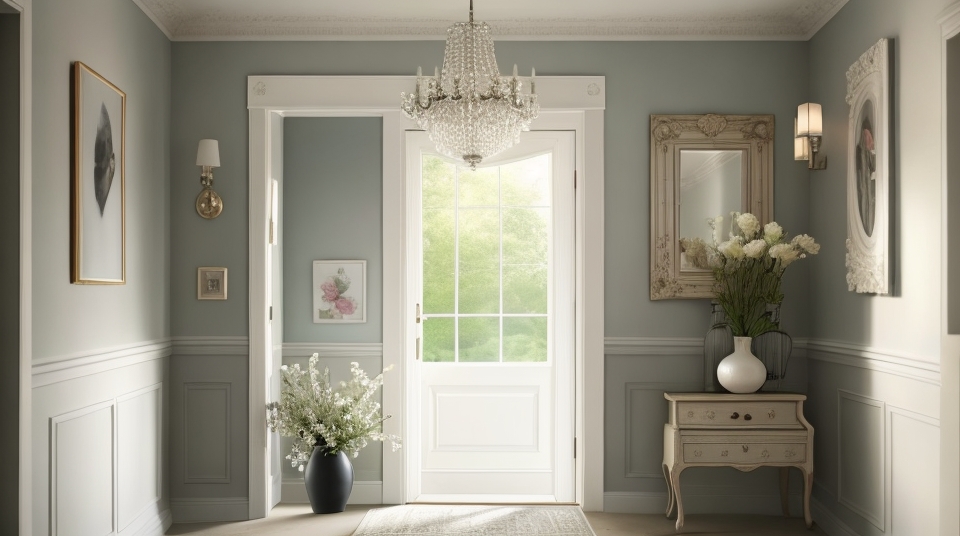
Bright First Impression: Entryway Lighting Design in UK Residences
The importance of entryway lighting cannot be overstated – it is one of the key factors that can set the ambience of your entire home from the moment you step inside. As trends continue to evolve within UK residential homes, striking a balance between style and practicality, it is vital to keep up-to-date with the latest designs. In this comprehensive guide, we will explore the various types of entryway lighting available, how to choose the right one for your home, and delve into some statement lighting designs that are catching the eyes of homeowners across the UK.
Types of Entryway Lighting
From opulent chandeliers to minimalistic pendant lights, there is a range of lighting options to consider for your entryway. Each style has its own unique allure, and choosing the right one will depend on your personal taste and the desired atmosphere of your home.
Chandeliers are often sought after for their elegance and sophistication. They can make a grand statement within your entryway, especially if you have high ceilings that can accommodate a large, eye-catching piece. The variety of chandeliers available, from classic crystal designs to modern geometric shapes, caters to a wide range of tastes and home decor preferences.
Pendant lights are another popular choice for entryway lighting design. Hanging from the ceiling at strategic points, these stylish pieces can serve as the focal point or provide the necessary illumination for darker areas of the room. Much like chandeliers, there is an abundance of pendant light designs, such as industrial-inspired metal fixtures or those with colourful, hand-blown glass shades.
For those looking to make a daring statement, neon lights provide a contemporary and interesting approach to entryway lighting. Used sparingly and combined with minimalistic decor, they can create a striking visual impact while also injecting some colourful personality into your home.
Utilising natural light in your entryway can instantly create a more open, inviting space. By incorporating large windows or skylights, you can make the most of daylight hours and save on energy consumption. Mirrors can also enhance the natural light effect, reflecting sunlight and making the room appear brighter. Consider the direction your home faces and how the sun moves throughout the day to maximise your use of natural light.
Lighting Ideas for Every Room
When it comes to entryway lighting, it's important to consider not just the immediate area but also the adjacent rooms and hallways. By integrating a cohesive design throughout the home, you can create a seamless flow and ensure that your lighting meets each room's specific needs.
Stairway Lighting Ideas: Staircases can greatly benefit from carefully thought-out lighting design. Options range from recessed floor lights to wall-mounted sconces, adding both practicality and aesthetics. For a unique approach, consider LED strip lighting beneath each step, creating an illuminated path to guide the way.
Living Room Lighting Ideas: Your living room should be a warm and inviting space, with lighting playing a crucial role in setting the mood. Mix and match floor lamps, table lamps, and ceiling fixtures for a personalised design. For added functionality, consider incorporating smart lighting systems, allowing you to control the brightness and colour from a phone or tablet.
Hallway Lighting Ideas: Hallways often form a key part of an entryway design, so it's essential that the lighting complements the space. Wall sconces or ceiling-mounted fixtures can provide ambient light, while accent lighting can be used to draw attention to decorative features, such as artwork or architectural details.
How to Choose the Right Entryway Light
Sizing and Placement: Selecting the correct size and placement for your entryway light is crucial. Take measurements and consider the scale of the room when choosing a light fixture, ensuring that the piece doesn't appear too small or overwhelm the space. Carefully consider where to place your lighting so that it provides ample illumination while adhering to any height or clearance requirements.
Matching with Furniture and Décor: Your chosen light should enhance and complement your existing furniture and decor. Consider the overall style of your home and ensure that your chosen light fixture aligns with that. A cohesive design can create a polished, harmonious atmosphere.
Colour Choices: As with any design element, colour can play a significant role in the overall impact of your entryway. Neutral-coloured fixtures, such as brushed nickel or bronze, can complement a wide range of interior styles, while bolder colours can add a touch of personality to the space. Consider the tones and textures present in your home when selecting your entryway light.
Practical Solutions for Entryway Lighting
Architectural Details: Utilise the architecture of your home to its full potential by integrating lighting that highlights any unique or interesting features. This can help draw the eye and create a memorable first impression.
Oversized lighting fixtures can make a bold statement within an entryway, creating a striking visual display. These pieces can often be surprisingly versatile, suiting a variety of interior styles, from traditional to contemporary designs.
Sometimes subtlety is key when it comes to lighting design. Opting for recessed or concealed lighting can create a more minimalist, streamlined look within your entryway, while still providing the necessary illumination.
Statement Lighting Designs
Bespoke Lighting Companies in the UK: Many bespoke lighting companies within the UK create stunning, one-of-a-kind designs that are sure to impress. Immerse yourself in the world of custom-made light fixtures, discovering unique designs that suit your personal style and requirements.
Statement Pendant lights can serve as an eye-catching focal point within any entryway. With endless design possibilities ranging from oversized industrial pieces to delicate glass designs, you're sure to find the perfect pendant to bring your vision to life.
Quirky Neon Lights: Embrace your playful side and opt for a quirky neon light to add a pop of colour and character to your entryway. From personalised messages to elaborate designs, these lights can instantly inject some personality while remaining functional.
In conclusion, entryway lighting design can make a significant impact on the overall ambience of your home, setting the tone for both guests and residents to enjoy. Whether you opt for a grand chandelier, a striking neon light, or a more subtle and practical solution, there are an abundance of options available to suit every taste and home decor style. As trends continue to evolve, it's crucial to stay informed and create a space that aligns with both your practical needs and personal style.
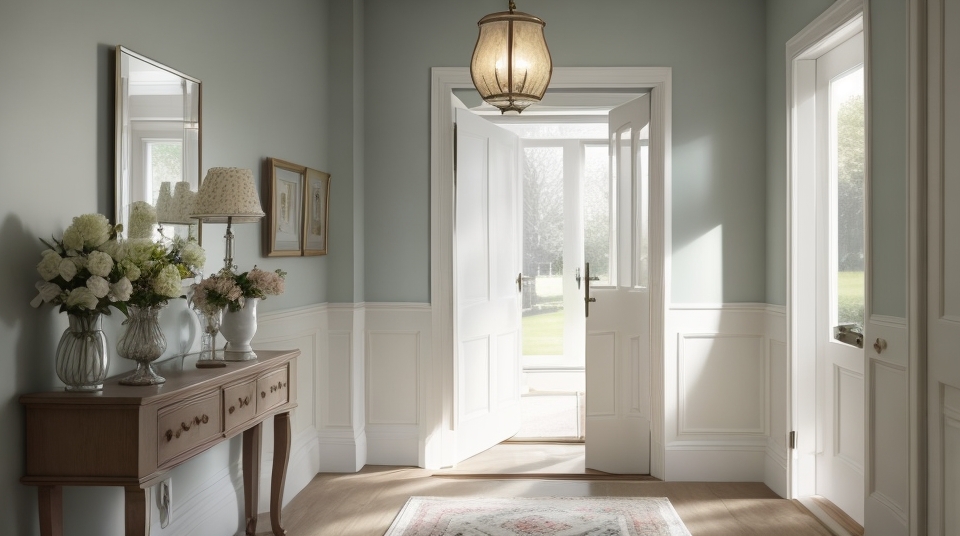
The Role of Lighting Controls in Entryway Lighting Design
In addition to selecting the perfect lighting fixtures, integrating lighting controls can elevate your entryway, offering increased functionality and flexibility in setting the mood. As technology advances, homeowners are presented with a multitude of options for controlling their lights, including dimming systems, lighting automation, and app control. Let's delve deeper into these methods and discover how embracing lighting controls can transform the ambiance of your entryway.
Mood Lighting using Dimming Systems
One of the major advantages of integrating a dimming system is the ability to create mood lighting within your entryway. By adjusting the brightness levels of your lighting fixtures, you can swiftly alter the atmosphere of the space, whether you desire a welcoming glow for guests or a softly lit environment for a quiet evening at home.
Using a dimming system provides you with complete control over the intensity of your lights, allowing you to customize the ambiance according to your personal preferences or specific occasions. From sleek dimmer switches mounted on the wall to wireless systems that can be managed from a remote control, there is a variety of dimming solutions to suit your needs.
Lighting Automation for Convenience and Energy Efficiency
As smart technology becomes increasingly popular in UK homes, lighting automation is redefining the way entryway lighting is controlled and managed. By pre-setting your lights to switch on, dim or change colour at specific times or in response to certain triggers, you can create the ideal lighting environment without lifting a finger.
Beyond enhancing your entryway's ambiance, lighting automation can also improve your home's energy efficiency, by ensuring that lights are only switched on when necessary, such as during evening hours, or in response to motion sensors. As a result, you can conserve energy while providing the perfect lighting for your entryway and adjacent rooms.
App-Controlled Lighting for Seamless Management
Another benefit of incorporating smart lighting into your entryway is the ability to control your light fixtures directly from your smartphone or tablet. With dedicated apps available for various lighting brands and systems, you can now adjust the brightness, colour temperature or even choose custom lighting scenes from the palm of your hand.
App-controlled lighting allows you to control your entryway's ambiance even when you're away from home, offering convenience and peace of mind. For example, you can remotely turn your lights on and off while on holiday, giving the impression that your home is occupied to help deter potential intruders.
In addition to providing seamless management, app-controlled lighting systems often integrate with other smart devices, such as voice-activated assistants like Amazon Alexa or Google Home. This enables you to control your entryway lighting using simple voice commands, adding an extra level of convenience and interconnectivity to your home.
By incorporating lighting controls into your entryway's design, you can take full advantage of the mood-enhancing capabilities of your chosen light fixtures, while optimizing energy efficiency and adding a touch of modern convenience to your UK residence. Whether you opt for dimming systems, lighting automation, or app-controlled solutions, embracing these technologies will ensure your entryway is both welcoming and functional, setting the perfect tone for the rest of your home.
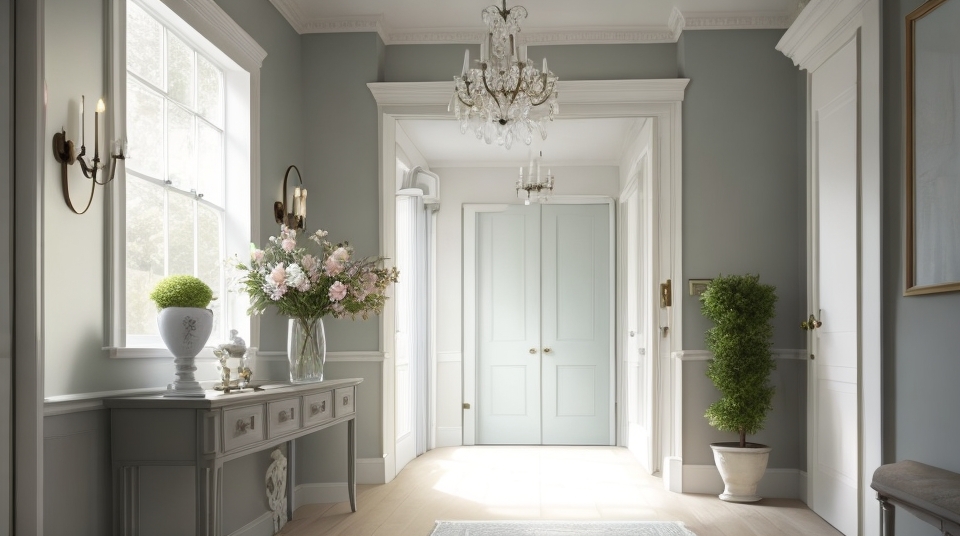
FAQs
What types of entryway lighting fixtures are available for UK residential homes?
There is a wide range of entryway lighting options available including chandeliers, pendant lights, neon lights, and natural light. Each style offers a unique aesthetic, so finding one that suits your personal taste and complements your home interior is key.
How can I choose the right entryway light fixture for my home?
When selecting an entryway light fixture, consider key factors such as sizing and placement, matching with your existing furniture and decor, and the desired colour and style of the fixture. A well-chosen light can enhance your home's ambiance while providing adequate illumination.
Can integrating lighting controls improve the ambiance of my entryway?
Yes, incorporating lighting controls such as dimming systems, lighting automation, and app-controlled options can elevate your entryway by allowing you to seamlessly adjust the brightness, colour, and overall mood of your space. These controls can enhance the functionality and convenience of your lighting design.
What are some practical solutions for entryway lighting in UK homes?
Practical solutions for entryway lighting might include architectural details, oversized lighting fixtures, or subtle recessed or concealed lights. These options can effectively illuminate your space while adding style and character to your home.
How can I incorporate smart technology into my entryway lighting design?
Smart technology can be incorporated through lighting automation, app-controlled systems and integration with voice-activated assistants like Amazon Alexa or Google Home. These advanced lighting technologies offer increased convenience, energy efficiency, and seamless control over your entryway's illumination.
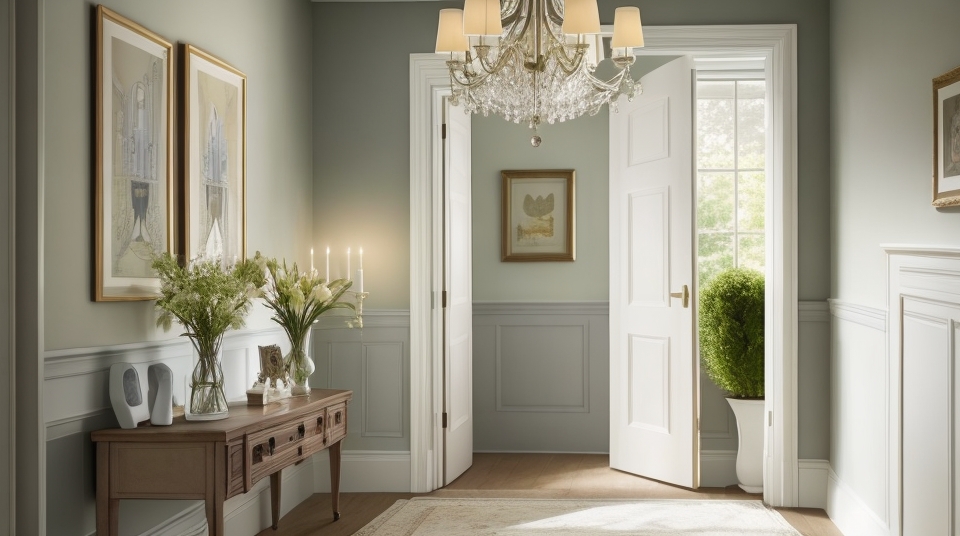
Rako Lighting Controls Systems
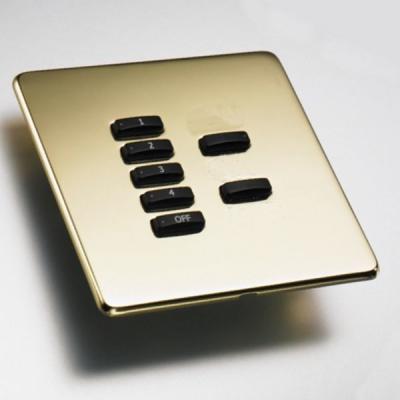
Rako Keypads
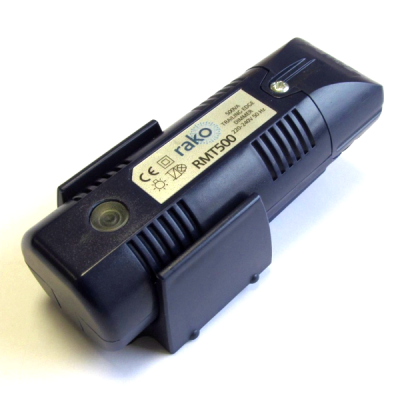
Rako Dimmers
